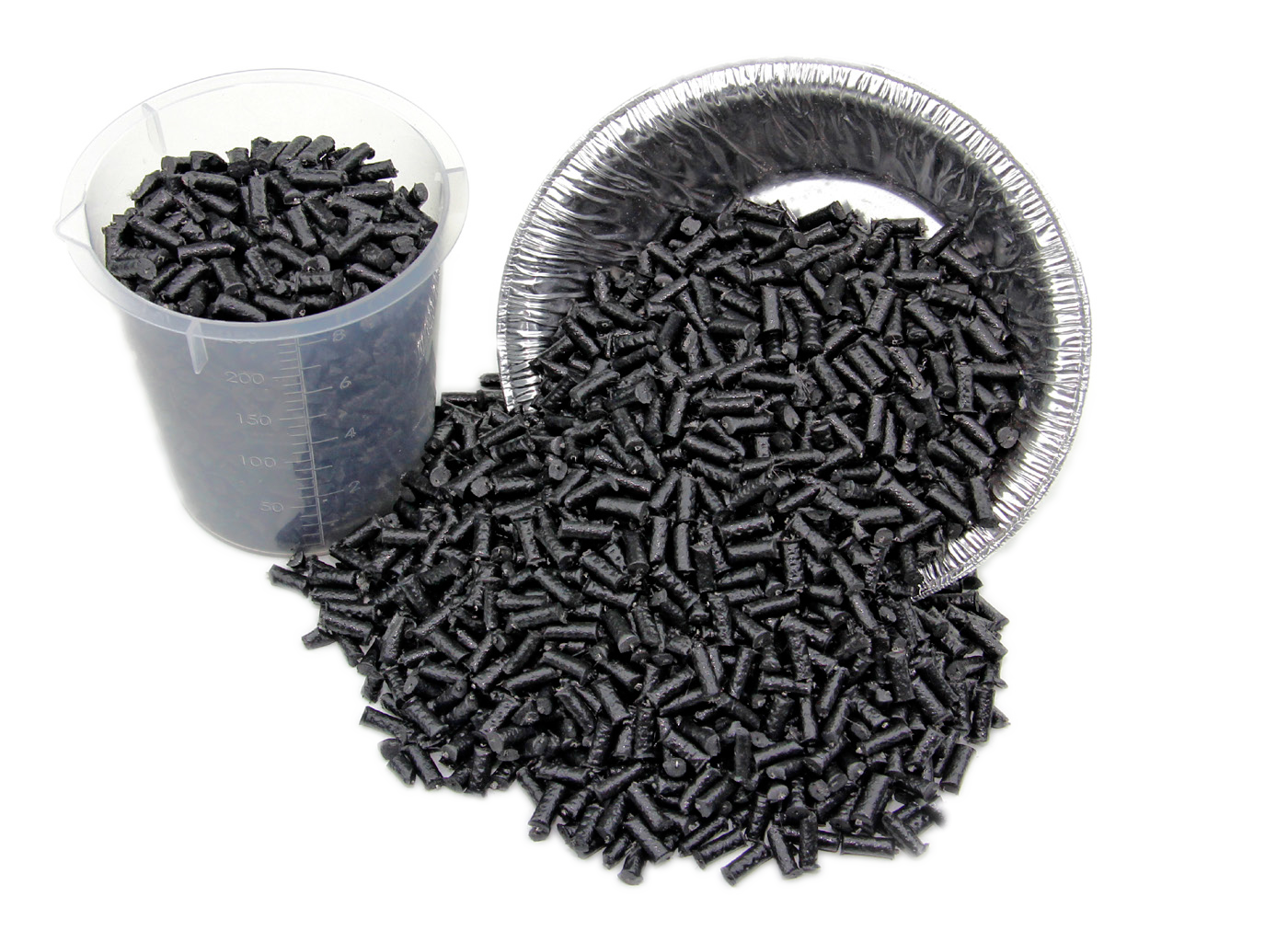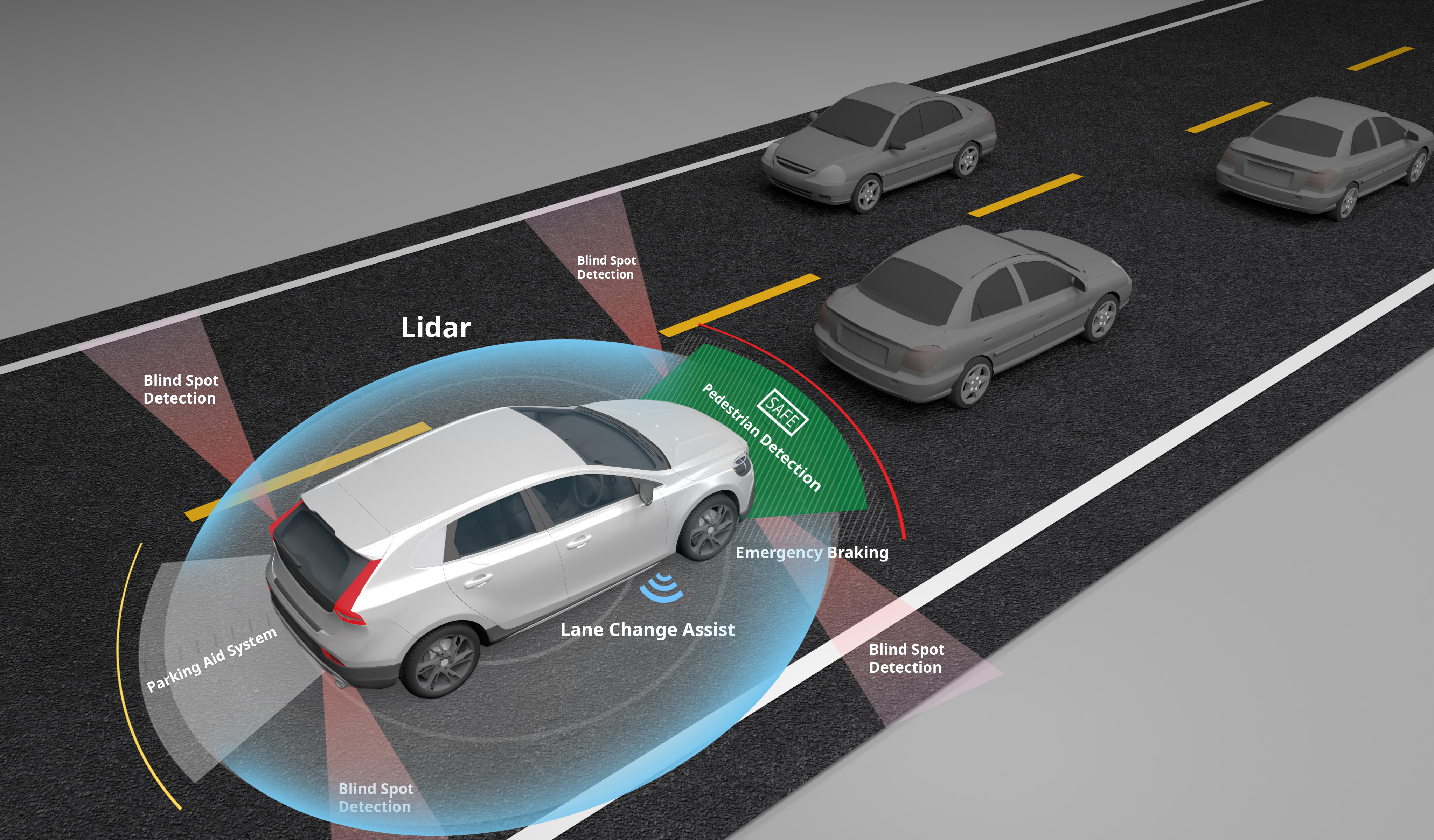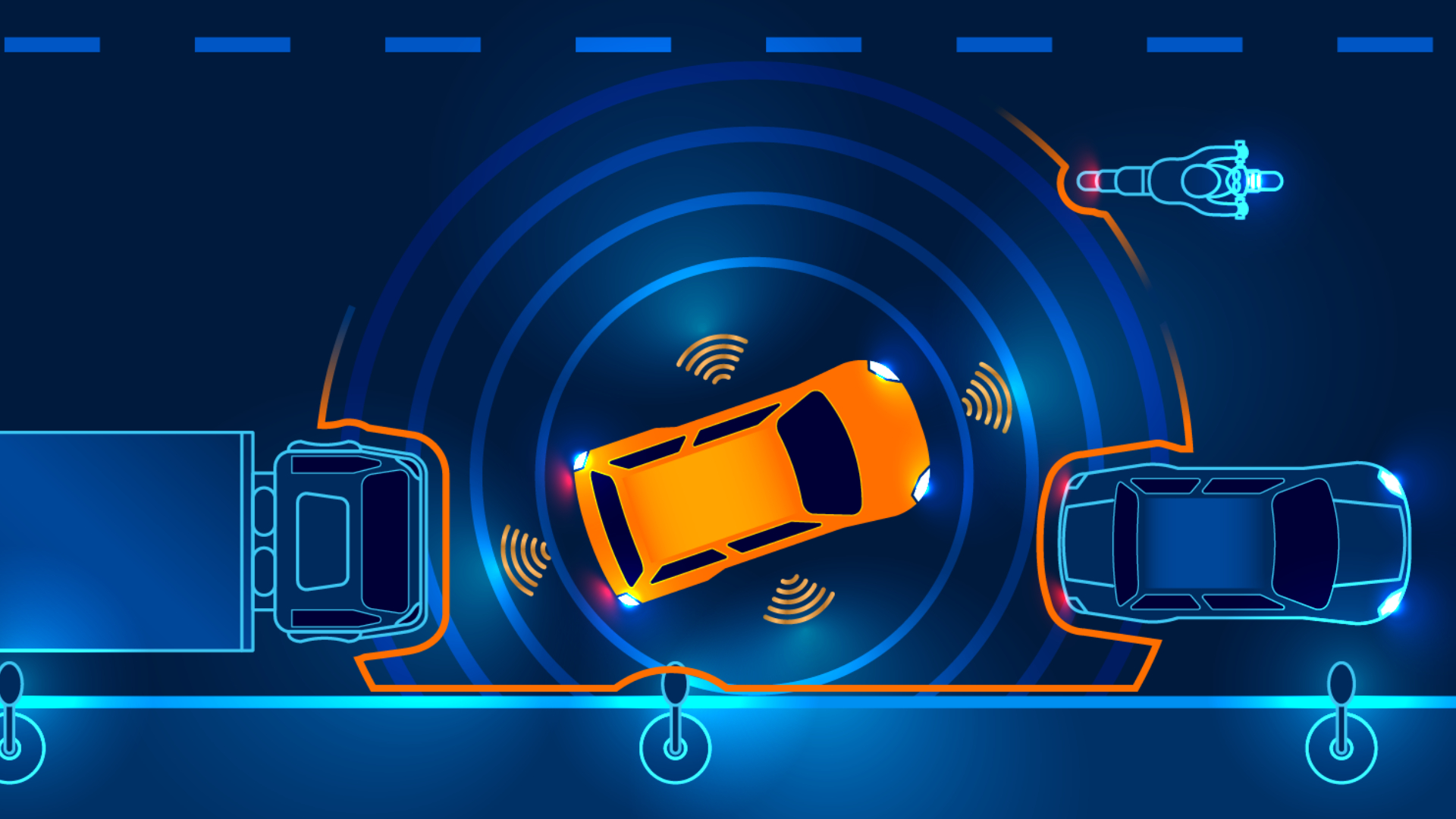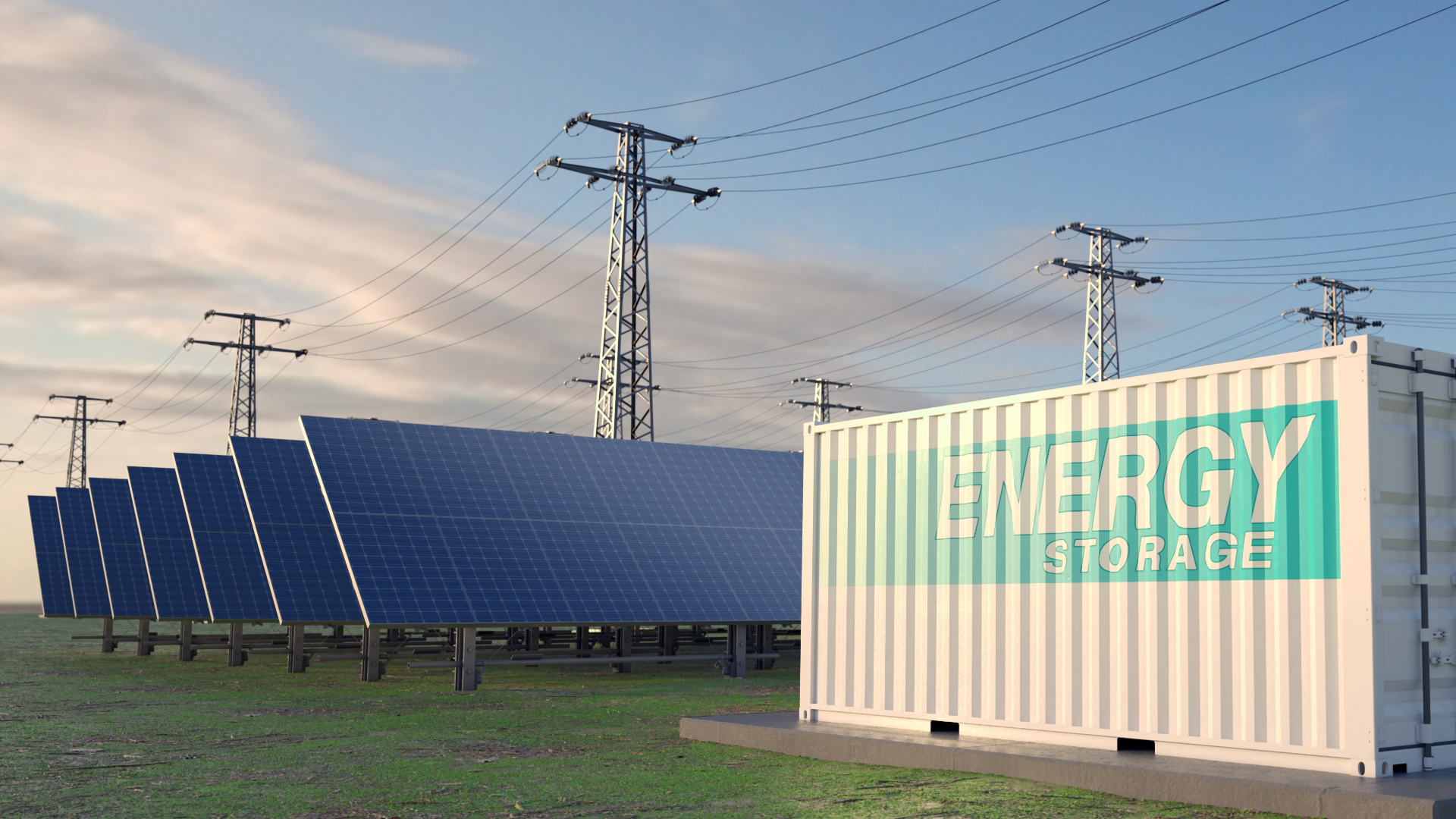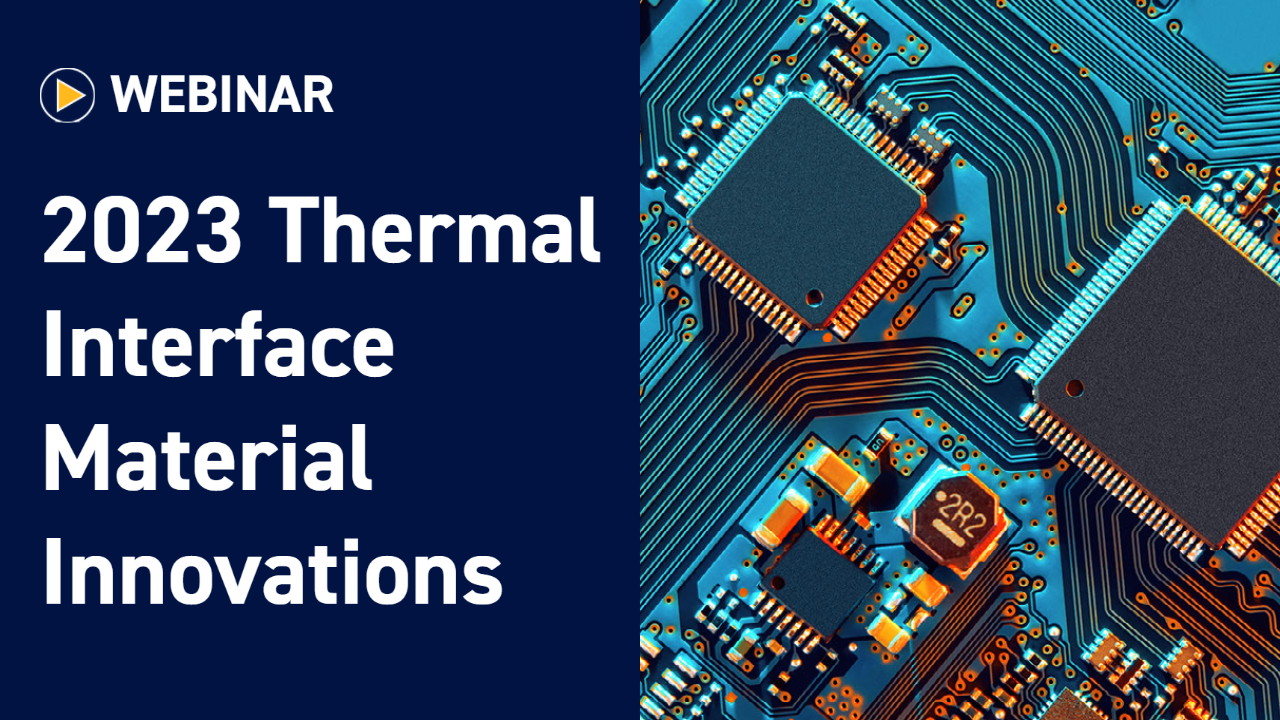
CASE STUDY
Cooling Innovation for EV Motors with a Zero-Defect Guarantee
Summary
Plastic components provide a low-cost, space-saving solution, enabling Original Equipment Manufacturers (OEMs) to meet the integrated cooling requirements of high-torque electric motors. These products are backed by machine-based process monitoring, ensuring each manufacturing and assembly step is completed thoroughly and correctly.
Customer Challenge/Requirements
Managing the high temperatures that routinely build within high-torque electric motors is an ongoing challenge for automotive manufacturers. As the engines work hard, particularly when engaged in an activity such as pulling a trailer or accelerating quickly, the motor gets very hot, making integrated cooling through ongoing hydraulic fluid applications to the stator mission-critical. OEMs depend on reliable cooling systems that will meet this need and protect motors and transaxles from overheating.
Design Requirements
To cool with the lubricating fluid within the electric motor, hydraulic fluid circulates continuously within manifolds and cooling distribution systems. Since these systems will go inside the front and rear wheel transaxles, size is a concern. There is almost no extra space within the transaxles and adding these cooling components to the transaxle system is a challenge. Additionally, vibratory traditional welding approaches are often not ideal due to the contamination risk within the tight spaces.
And, meeting these engineering specs is only part of the challenge. The parts utilized must function well in fully automated build environments with proper checks and balances to ensure they are manufactured and designed correctly to meet strict quality requirements.
Solution
Parker Chomerics satisfied these customer requirements with a low-cost, space-saving plastic solution that is backed by machine-based process monitoring to guarantee correct assembly.
Recognizing the need to work within tight spaces, the parts manufactured by Parker Chomerics incorporated unique design concepts that utilized an all-plastic cooling system specifically engineered to save space. By switching from traditional metal parts to plastic, customers could realize a weight reduction of 83g while enjoying more functionality and design freedom, such as integrated sealing flanges, molded-in compression limiters and molded-in fluid drain holes.

One key difference that separates these plastic parts from previously used materials is that they are laser welded. Laser welding meets the space requirements by enabling chemically resistant parts to fit into tight cavities, get compressed down, and then be welded into place. Additionally, laser welding is one of the only ways to complete this process without producing any debris. Vibration welding or ultrasonically welding can produce debris in the form of plastic particles, which can cause issues in high cleanliness applications. Recent Engineering innovations have enhanced the laser welding process; by simplifying it to a single laser that travels along a weld path. This type of process has become less expensive as less equipment and custom fixtures are needed.
Finally, Parker Chomerics automates the insert molding of compression limiters which eliminates creep under bolt tightening compression, which otherwise can cause screws to potentially loosen over time.
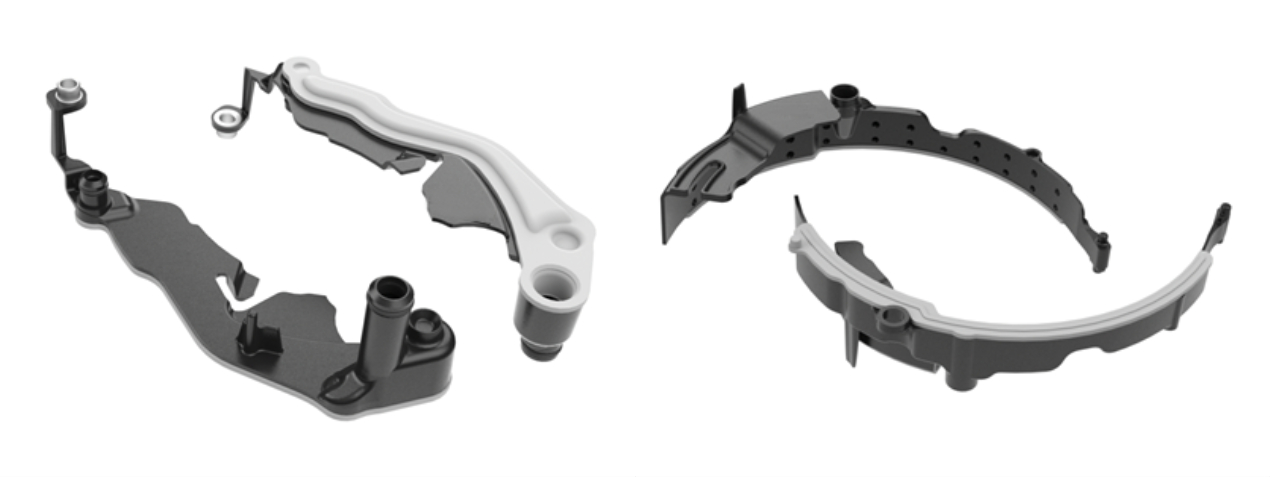
To get the full benefit from all these engineering innovations, Parker Chomerics has built quality and consistency into the manufacturing process from the very beginning. All the molding machines have machine-based process monitoring on them, ensuring each process parameter is maintained correctly every step of the way. From the loading plate to the welding process, a series of sensors and cameras confirms that each step has been completed correctly and all parts are properly aligned before it will allow the workcell system to go on to the next step. Finally, the system leak-tests all the components to confirm that they are sealed properly before it lets operators remove the part and pack it. The net result is the finished parts are validated for being correctly molded and pressure tested. This type of error-proofing of highly automated assembly processes is how we can guarantee zero defects.
Results
Through engineering innovation and error-proof manufacturing, automotive manufacturers can rest assured they are using high-quality, high-performing electric motors. Parker Chomerics has an industry leading quality record with its automotive partners, and is annually granted awards from OEMs for meeting and exceeding their quality standards. This type of low-cost, space-saving plastic solution from Parker Chomerics meets the product cooling needs while eliminating the potential for any defects.
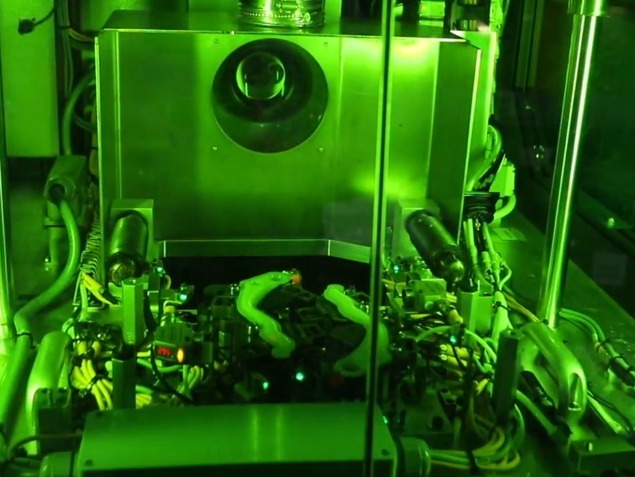
PREMIER Conductive Plastic Pellet Materials
Parker's selection of EMI-shielding conductive plastic pellet materials includes conductive ATCA faceplate blanks; polyetherimide-based pellets for shielding, high-temperature performance, low smoke generation, and chemical resistance; PBT-based pellets for metal-to-plastic housing electronics conversions; and PC/ABS-based alloys to enable stable electrical, mechanical, and physical performance. Learn More.
Solutions for ADAS
Advanced Driver Assistance System (ADAS) modules and infotainment panels have led the way in terms of advancement of electronic systems within passenger vehicles. Learn more about Parker Chomerics solutions for ADAS applications.
PROVEN PERFORMANCE
EMI shielding solutions for every application.
We're always striving to bring you the newest and best technology.
Solving EV Charging Station Design Challenges: Thermal Interface Materials and EMI Shielding Solutions
Electric vehicle (EV) battery charging stations, also known as EV charging stations or EVSE (Electric Vehicle Supply Equipment), consist of various electronic components and systems that work together to safely and efficiently charge the batteries of electric vehicles. Like most modern, high power electronics, these devices must overcome challenges associate with thermal management and electromagnetic interference (EMI) shielding in order to operate properly and effectively.
Non-Silicone Dispensable Thermal Gel for Automotive Infotainment and Camera Modules
Automotive electronics designers and engineers have been working with component suppliers to push the boundaries of material properties used to maintain long term reliability of these AVNT and Infotainment systems. The basis for long term reliability has been higher performance processors and chips, leading to secondary design concerns. Electronic modules have to be electrically shielded to prevent interference from nearby modules and also cooled to prevent overheating, a leading cause of electronic device failure. In the case of safety features, device failure is not an option.
Safeguarding Alternative Energy with Engineering Innovation
Around the world, businesses and consumers alike are turning their attention to alternative energy sources such as solar, wind and hydropower.
This growing interest isn’t just hype; it’s backed by large investments in green, sustainable energy, and many companies are hard at work developing a broad suite of innovative products to meet the demand.
We’re constantly innovating in our drive to create the most advanced EV solutions.
2023 Thermal Interface Material Innovations
Over the last year, Parker Chomerics has developed new, state of the art thermal interface materials, or TIMs, for use across industries and applications. These novel products continue to expand the portfolio of high performance, high reliability thermal gap pads and dispensable thermal gels.
Can't find what you're looking for? Talk to one of our experts.

